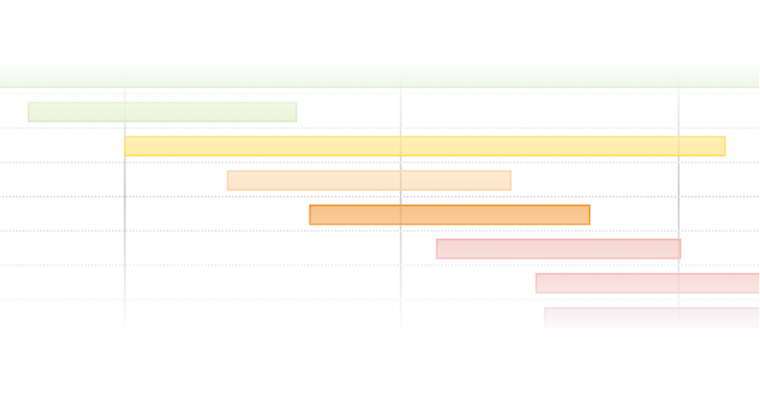
7 Best Practices for Building Your First Product Roadmap
It was my first week as a new product manager. There were already a ton of feature requests coming in from different teams. Most were partially defined and very few were prioritized. I was drowning in requests. There was also a pile of customer ideas that needed review, release timelines to plan, the list went on. Where to start?
With so many important things needing my attention, I was unsure what to tackle first. My boss told me during the hiring process that the company needed a six-month roadmap ASAP. But I needed to set a product management structure before I could start. And yes, I needed to learn more about our customers, product, and team.
Putting together a product roadmap is more than just grabbing a collection of features and communicating tasks and desired due dates.
Before you start building your first roadmap, do your homework. What challenge will it address? Is there already a clear strategy in place, and now you need to align the features that will have the biggest impact against the goals?
Or, more likely, no real strategy exists yet, and you need to map out your strategic goals and initiatives to ensure your boss and the team are aligned. Another possibility is you came into an environment where there was a well-crafted plan, but it just had been poorly communicated in the past.
Having that context will help you focus your efforts on the short-term need while building out some product management best practices that will serve you and the team in the long run. Now that I am part of the Aha! team, I get to share those best practices with other product managers.
Here are some tips for building your first product roadmap (or improving on what already exists):
1. Get clear on “why” This is a big one. Set some goals and determine the big bodies of work that will help you reach them. You need to really understand not only the customers but also the product and the market. Of course, this is hard when you are just getting up to speed. That is why you must make strategy the foundation of your roadmap. Everything else — your goals, your initiatives, the work — must serve your strategy.
2. Talk with customers You can build a product that engineering, sales, or the leadership team love. But if the customer is not pleased, the product will land with a thud. That is why you need to be clear from the start on what customers want and need. If you do not have the opportunity to talk to them directly, make sure you work closely with your internal partners who speak on their behalf.
3. Gather input internally It is important to get all the perspectives: partners, sales, support, management, engineering, operations, and of course your product management colleagues. Once you have that input, you can frame out your vision, goals, and major initiatives. Your initiatives should align to the organization’s priorities and have clear metrics. Put together a lightweight strategic roadmap view and get sign-off from the leadership team before building out detailed plans.
4. Set some themes Now that you have a strategic approach, you can group your initiatives into some high-level product themes to tell the story behind your plan. These product themes connect your plan to real customer benefit. They give the organization key concepts to rally around without getting buried in the weeds. Themes also help serve as guardrails for planning work ahead.
5. Organize and prioritize Keep goals and initiatives in focus every step of the way. Organize all those feature requests and ideas into backlogs associated with your themes. Quantify using objective scorecards so that the “why” behind those priorities is transparent. Work with colleagues in engineering to create high-level estimates so that you can measure effort required against potential impact.
6. Stay open to the future This is a work in progress. You need to remain open to shifting priorities and needs. Track goals, adjust strategy, promote ideas as they come in, and revisit the roadmap at a cadence that makes sense for your company.
7. Know your audience This will help when you need to make different roadmap views that show relevant info for various audiences. For example, strategic views for the executive team or detailed feature views to share with the engineering team. Keep those roadmaps updated so you will be ready to share and present them at any time.
That first roadmap may feel like a herculean effort. But you are doing the hard work now and setting best practices for the future.
Keep learning and evolving and be open to feedback. If you are in an organization with other product managers, look to the leaders and see how they approach the work. Share what you have learned with new teammates as they come on board.
What advice do you have for new product managers building their first roadmap?




